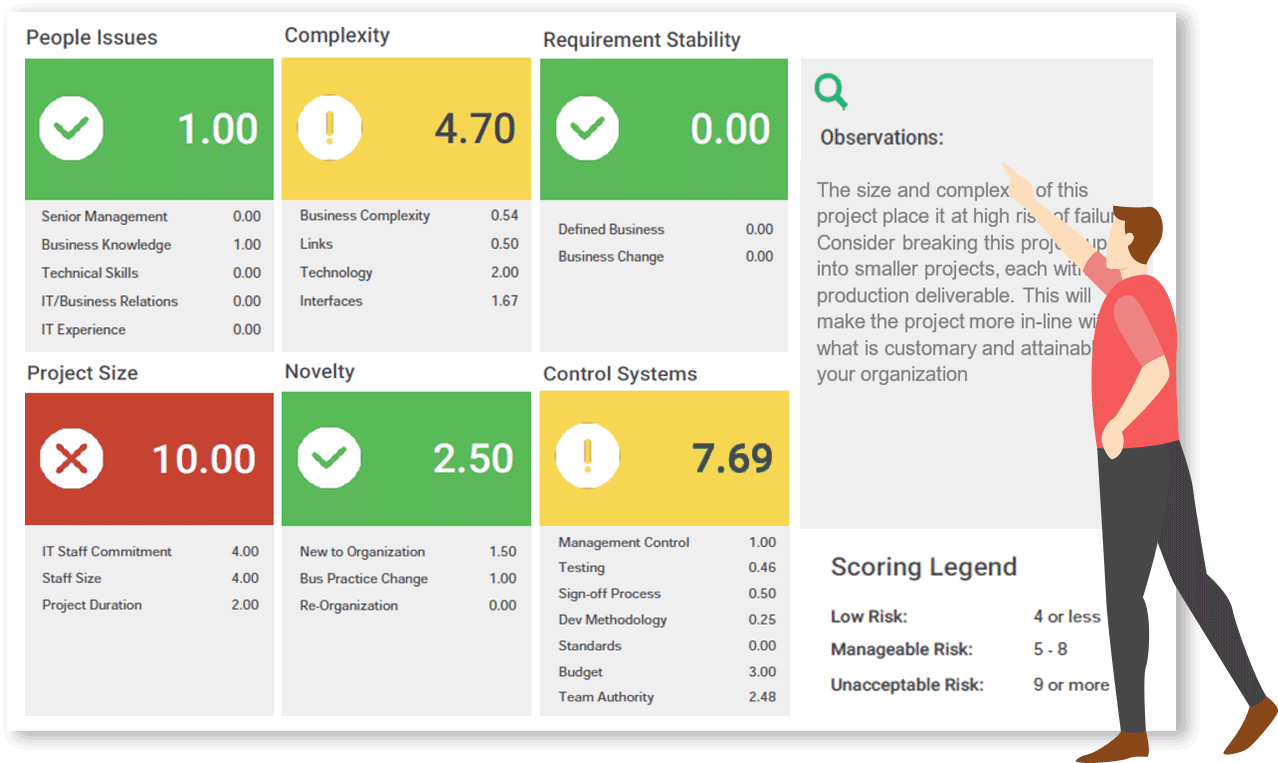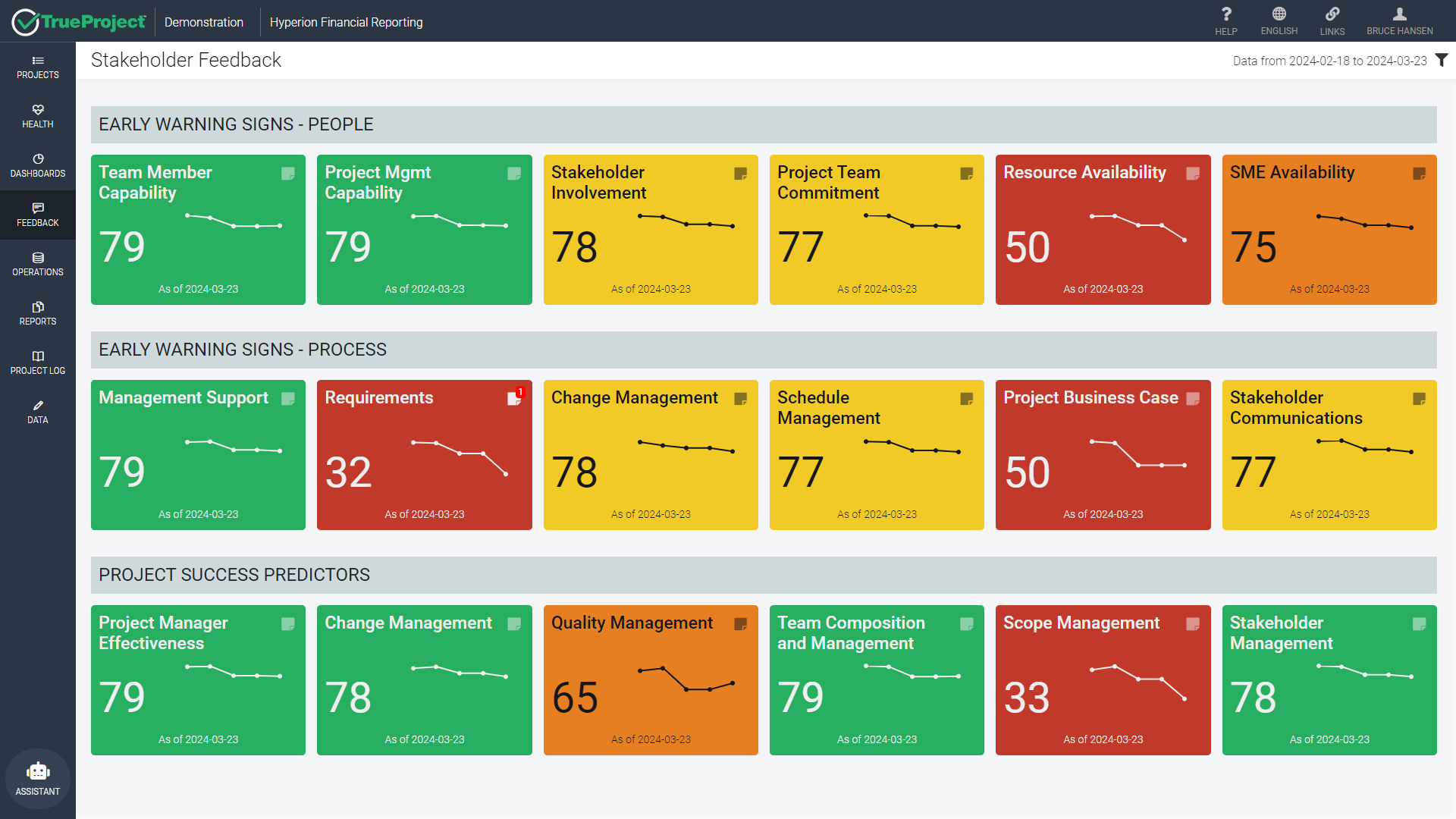![]()
In the fast-paced world of project management, blind spots, missed deadlines, and budget overruns are the most common pitfalls. For many organizations, the solution lies in a single, powerful asset: the project tracking dashboard. In today’s data-driven era, where 70% of projects exceed budgets and over 30% underperform or fail, dashboards have emerged as critical tools for mitigating risk and elevating performance.
Far from being a simple reporting mechanism, the project tracking dashboard acts as a real-time command center and project monitoring tool that centralizes data-driven decisions—bringing together project data, performance metrics, and resource visibility onto a single, intuitive interface. Gone are the days of static spreadsheets and delayed insights. Modern dashboards convert complex datasets into dynamic visualizations, enabling project leaders to spot bottlenecks, track task progress, and forecast risks with confidence.
This article examines why project tracking dashboard are essential for project managers, project sponsors, and leadership teams to make proactive, data-backed decisions that drive predictable project success.
What Is Project Tracking Dashboard?
A project tracking dashboard is an interactive tool that consolidates critical project metrics into a visual, real-time interface. It provides instant visibility into project health by centralizing information on task completion, timelines, budgets, resource utilization, and risks and delivers real-time project data. This enables proactive adjustments across teams and empowers managers to make informed, agile decisions.
With seamless data integration from project management tools and ERP systems, a project tracking dashboard offers a unified view of project performance across teams and departments. Key project indicators such as percent complete, schedule variance, and budget health are displayed through graphs, heatmaps, and trend lines, allowing teams to identify performance gaps or inefficiencies early.
In today’s landscape of increasing project complexity and distributed teams, dashboards are no longer optional—they are fundamental to streamlining communication, improving project oversight, and delivering results on time and within scope.
Why Are Project Tracking Dashboards Important?
The value of a project tracking dashboard extends beyond monitoring; it is the cornerstone of modern project governance. Here's why:![]()
- Strategic Alignment - Dashboards and project governance tools link individual projects, ensuring leaders can assess how every initiative supports key strategic outcomes.
- Proactive Risk Detection - Early indicators of underperformance—such as delayed tasks or resource shortages—are flagged in real-time, allowing teams to correct course before risks escalate.
- Cross-Functional Visibility - Stakeholders from project managers to executive sponsors gain transparency into project health, timelines, and resource allocations, reducing silos and fostering accountability.
- Simplified Reporting - By eliminating manual reporting, dashboards enable teams to focus on high-value tasks while providing leadership with digestible, real-time performance snapshots.
- Data-Driven Decision-Making - Empowered with actionable insights, project leaders can shift from reactive problem-solving to proactive optimization of workflows and resources.
As organizations scale and projects grow in complexity, the ability to visualize and manage performance holistically through a project tracking dashboard becomes the differentiator between project success and project failure.
Want to see predictive dashboards in action? Watch how data-driven project leaders leverage visual insights for better outcomes. Watch the video now

Benefits of Project Tracking Dashboard
![]() A well-designed project tracking dashboard transforms how project teams operate by offering visibility, agility, and control. It brings key project metrics into focus and empowers stakeholders to drive results with precision. The benefits extend far beyond data visualization:
A well-designed project tracking dashboard transforms how project teams operate by offering visibility, agility, and control. It brings key project metrics into focus and empowers stakeholders to drive results with precision. The benefits extend far beyond data visualization:
- Real-Time Visibility and Transparency - Dashboards provide an always-on window into project performance, task completion, budget utilization, and risks. This transparency supports faster, more confident decision-making across the project lifecycle.
- Informed, Data-Driven Decisions - Dynamic dashboards synthesize data into actionable insights, allowing project managers to make timely interventions, allocate resources more effectively, and optimize workflows. These insights position the dashboard as a KPI tracking dashboard that empowers leaders to optimize execution strategies.
- Operational Efficiency - By automating data collection and reporting, dashboards reduce manual overhead, freeing project teams to focus on execution, stakeholder management, and value delivery.
- Risk Mitigation - The dashboard’s ability to surface potential bottlenecks or schedule conflicts early helps prevent costly project delays and overruns.
- Enhanced Collaboration - Acting as a single source of truth, dashboards align cross-functional teams by providing unified project status updates, fostering transparency and accountability at every level.
- Predictive Capabilities - Advanced dashboards powered by predictive intelligence highlight early-warning signals and trends, enabling leaders to anticipate challenges and make preemptive decisions.
In today’s project environment, the absence of a real-time project tracking dashboard can lead to fragmented communication, delayed issue resolution, and missed strategic objectives.
Ready to level up your project oversight? Get started in no time with our QuickStart plan. Try QuickStart today
Key Elements of an Effective Project Tracking Dashboard
![]() While no two projects are the same, an effective project tracking dashboard consistently incorporates essential elements to ensure accuracy, relevance, and usability:
While no two projects are the same, an effective project tracking dashboard consistently incorporates essential elements to ensure accuracy, relevance, and usability:
- Status Indicators - Color-coded (e.g., RAG - red, amber and green) signals for project health, resource capacity, schedule progress, and budget compliance help teams prioritize attention.
- Executive Summary: - A high-level snapshot of key KPIs, risks, and project milestones enables leadership to quickly assess performance at a glance.
- Budget and Financial Metrics - Real-time budget tracking with spend-to-date, forecasted costs, and variance analysis ensures financial discipline and resource optimization.
- Timeline and Milestones: Project timelines, phase completion percentages, and critical milestone tracking allow for immediate visibility into project pacing and potential delays.
- Resource Allocation - Data on team capacity, workload distribution, and task ownership ensures optimal use of resources and prevents bottlenecks.
- Risk Insights and Predictive Warnings - AI-enhanced dashboards provide predictive flags for upcoming risks, quality issues, or dependencies likely to cause schedule or budget disruptions.
- Customizable Views - Role-based data filters ensure that every stakeholder—from project leads to executives—sees only the most relevant information.
By integrating these core components, a project tracking dashboard becomes a strategic enabler, equipping project teams with real-time intelligence and actionable insights. It also serves as a project performance dashboard that fosters alignment between teams and business objectives.
See how predictive intelligence can reshape your project success rates. Book your personalized demo now!
The graphic below illustrates how considering the key elements in your project tracking dashboard can provide more meaningful and actionable insight.

Best Practices for Creating a Project Tracking Dashboard
An impactful project tracking dashboard balances simplicity with depth, delivering clarity without overwhelming users. Here are best practices to ensure your dashboard delivers maximum value:
- Define Dashboard Objectives - Tailor the dashboard to the project’s goals, audience, and decision-making needs. Prioritize KPIs that align with project success criteria and strategic business outcomes.
- Prioritize Usability and Simplicity - Avoid clutter. A streamlined dashboard design with intuitive navigation ensures stakeholders can instantly interpret key insights.
- Leverage Visual Storytelling - Charts, graphs, trend lines, and color-coded indicators within a project visualization platform to enhance comprehension and help distil complex data into easy-to-grasp visuals that enhance comprehension and facilitate faster decision-making.
- Integrate Real-Time Data Feeds - Ensure your dashboard is connected to live project management tools and ERP systems, keeping project metrics current and reducing lag between execution and reporting.
- Enable Customization and Personalization - Different roles require different views. Empower users to configure dashboards according to their project responsibilities and oversight needs.
- Add Predictive Intelligence - Go beyond historical data. Integrating predictive analytics into your project tracking dashboard equips teams to act on early warnings and optimize outcomes before issues arise.
Following these best practices will ensure that your dashboard isn’t just reporting metrics but actively driving project success.
Curious how to tailor dashboards to your project goals? Let’s explore your unique challenges together. Schedule a discussion with our experts
Conclusion
The project tracking dashboard has evolved from a passive reporting tool into a strategic powerhouse enhanced further by predictive project analytics to identify trends before they impact project outcomes. A well-designed Project Tracking Dashboard provides real-time visibility into project health, resource allocation, and risk factors—turning raw data into actionable intelligence. In an era where execution speed and precision define project success, dashboards are indispensable for aligning teams, identifying gaps, and proactively managing project outcomes.
Yet, without predictive intelligence, even the most advanced project-tracking dashboard only tells half the story. The ability to anticipate risks, uncover hidden patterns, and guide preemptive action is what elevates dashboards from data monitors to decision-making enablers.
This is precisely where TrueProject differentiates itself. TrueProject supercharges your project tracking dashboard as a predictive project management platform with AI-powered insights, early warnings, and data-driven recommendations. Merging operational metrics with stakeholder sentiment delivers a 360-degree view of project health—helping teams mitigate risks before they surface and optimize every project execution phase.
In today’s complex project environments, success is no longer about reacting faster but predicting smarter. With TrueProject, your project tracking dashboard becomes more than a display; it becomes a strategic advantage.
Take control of your project outcomes—turn your dashboard into a proactive decision engine. Request a demo and see TrueProject in action.
More information about TrueProject on trueprojectinsight.com

About the Author:
Nisha Antony is an accomplished senior marketing communications specialist at TrueProject and a leader in predictive intelligence. With over 16 years of experience, she has worked as a Senior Analyst at Xchanging, a UK consulting firm, and as an Internal Communications Manager on a major cloud project at TE Connectivity. She is an insightful storyteller who creates engaging content on AI, machine learning, analytics, governance, project management, cloud platforms, workforce optimization, and leadership.





